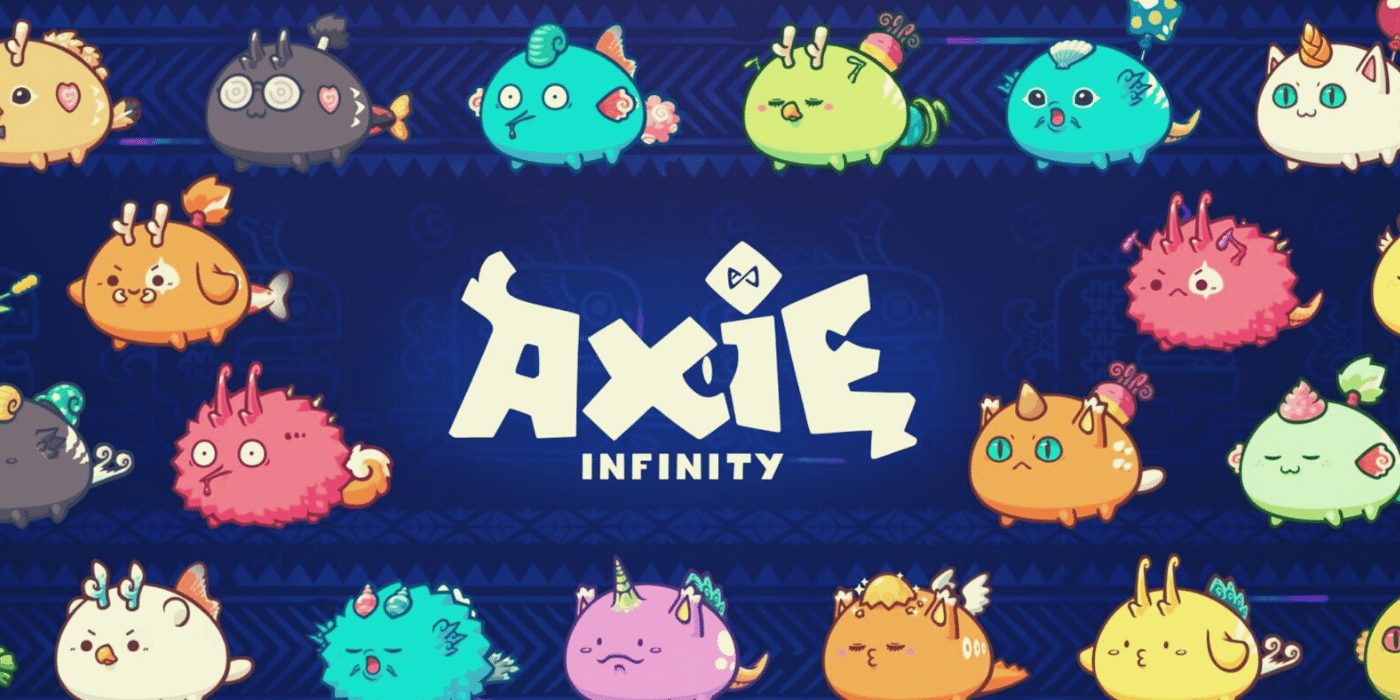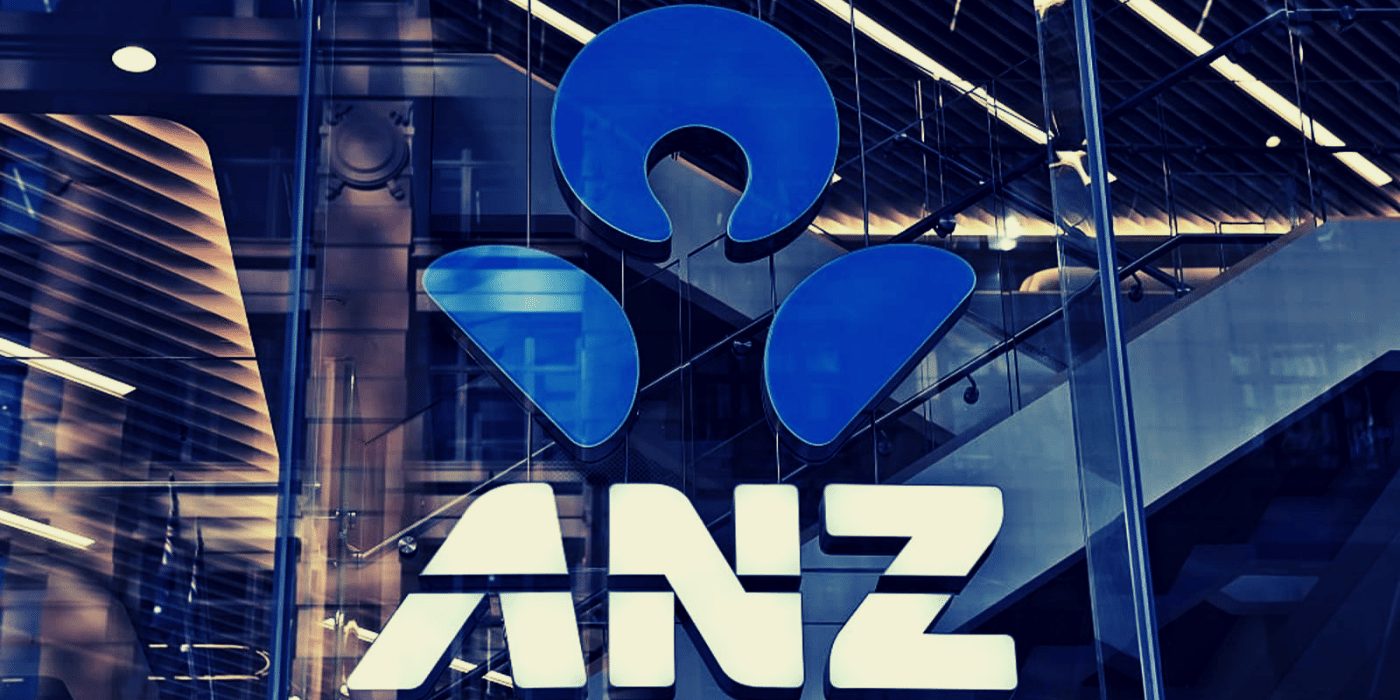The stablecoin created by the Australia and New Zealand Banking Group (ANZ), A$DC, has been used by one of its large institutional customers to purchase a tokenised representation of Australian carbon credits, marking a significant milestone for the usage of stablecoins in the Australian economy.
In March, ANZ became the first bank to mint an Australian dollar stablecoin when it created 30 million A$DC, which were used by investment company Victor Smorgon Group (VSG) to significantly speed up and avoid conversion fees on its purchase of crypto assets.
Zerocap Acts as Market Maker
In this latest transaction, ANZ provided the A$DC stablecoin to longtime institutional customer VSG to facilitate the purchase of tokenised carbon credits known as BCAUs from the blockchain-based carbon trading platform BetaCarbon.
Digital asset manager Zerocap was also involved in the transaction, acting as a market maker and providing liquidity to convert VSG’s A$DC, which BetaCarbon doesn’t recognise, into USD Coin (USDC) so it could be accepted by BetaCarbon. Unlike VSG’s previous stablecoin transaction with ANZ, the value of this transaction has not been disclosed.
Using this payment method meant the transaction could be completed entirely on the Ethereum blockchain, removing the need to use any external payment platform such as the Visa network or the new payments platform (NPP), which would have introduced complexity, additional fees and settlement delays.
ANZ Anticipates Big Things for A$DC
ANZ’s A$DC is fully collateralised by Australian dollars and is redeemable at parity with funds held by ANZ in its managed reserve account.
Unlike algorithmic stablecoins such as Terra-based UST and Tron-based USDD, which have faced huge issues maintaining their pegs to the US dollar, A$DC has no pegging mechanism and there is no risk that it could become de-pegged from the Australian dollar.
According to Nigel Dobson, ANZ’s head of banking services, the bank’s stablecoin can be thought of more as a “tokenised deposit” than a typical crypto stablecoin.
Speaking to the Australian Financial Review, Dobson said ANZ saw potential for stablecoins like A$DC to help banks and other financial institutions transition to a more efficient blockchain-based infrastructure:
We see this is evolving from being internet-protocol based to one of ‘tokenised’ protocols. We think the underlying infrastructure – efficient, secure, public blockchains – will facilitate transactions, both ones we understand today and new ones that will be more efficient.
Nigel Dobson, head of banking services, ANZ
Ethereum Blockchain of Choice for Now
Dobson added that the Ethereum blockchain was favoured at the moment because it had established a set of de facto standards, including ERC-20 smart contracts. However, he anticipates a possible shift away from Ethereum to other, faster and more sustainable networks, such as Solana or Polygon, as these networks implemented similar standards and matured:
Standards are absolutely fundamental to interoperability, and they will soon allow organisations to transfer assets off expensive, and arguably unsustainable, blockchains to ones with lower cost, faster throughput and sustainability credentials.
Nigel Dobson, head of banking services, ANZ
To date, A$DC has only been used for real-world transactions by VSG, but that’s likely to change soon. Earlier this month, ANZ revealed it was planning to extend access to its stablecoin to a wider range of institutional customers and, in the long term, possibly to retail investors.











